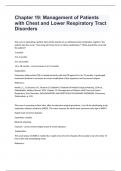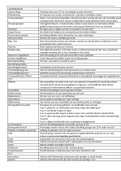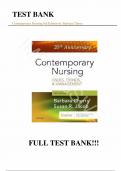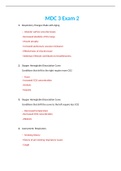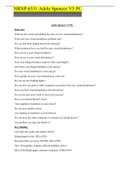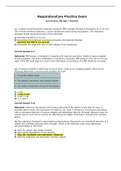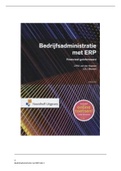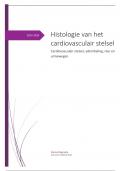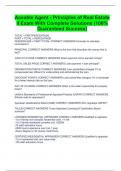Tentamen (uitwerkingen)
Chapter 19: Management of Patients with Chest and Lower Respiratory Tract Disorders fully solved 2024
- Vak
- Instelling
Chapter 19: Management of Patients with Chest and Lower Respiratory Tract DisordersThe nurse is educating a patient who will be started on an antituberculosis medication regimen. The patient asks the nurse, "How long will I have to be on these medications?" What should the nurse tell the patient? ...
[Meer zien]
